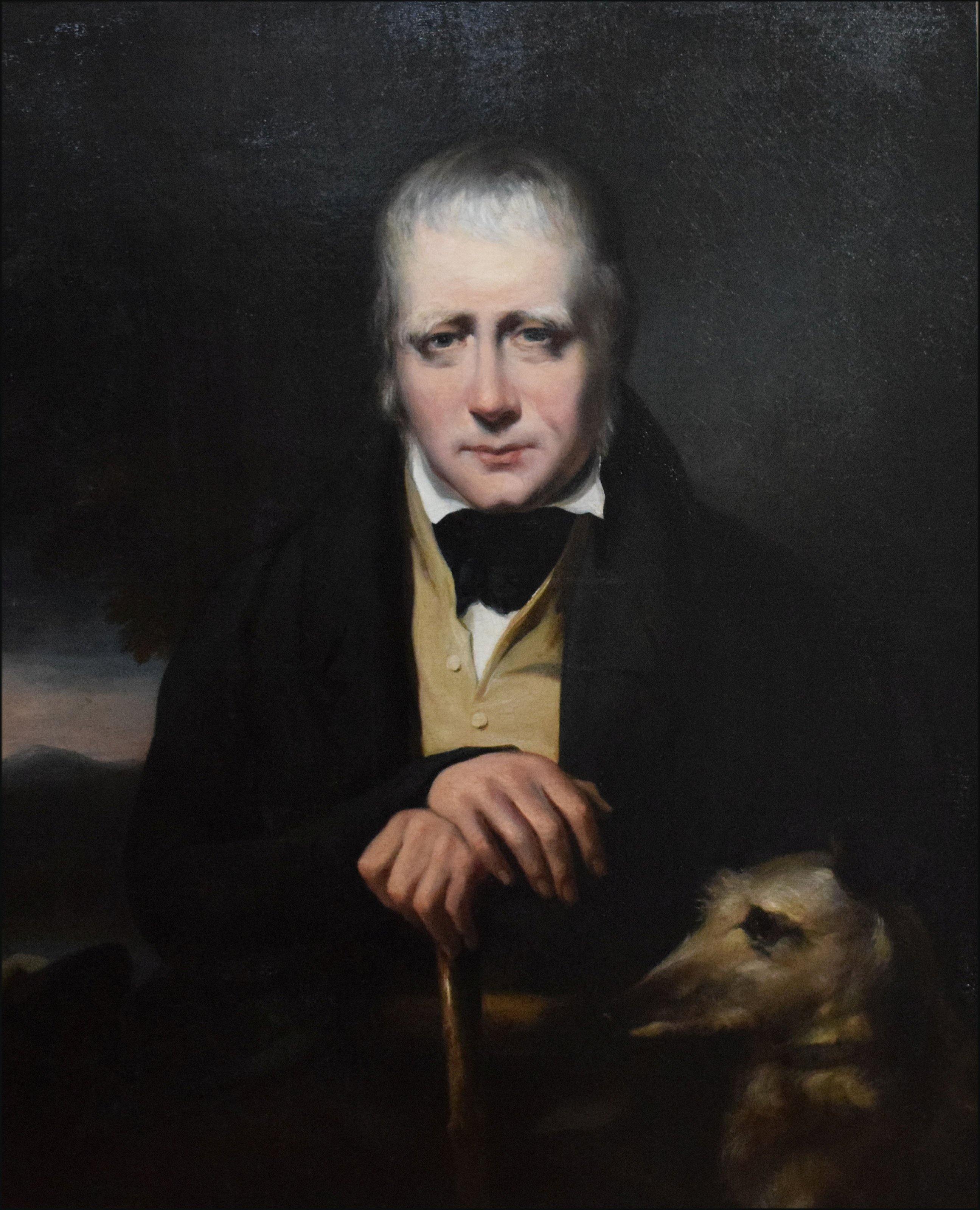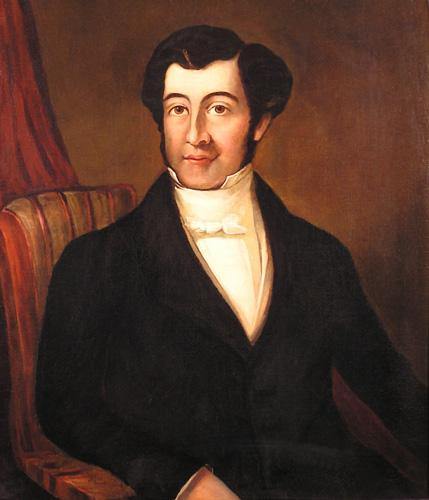John Playford: The English Dancing Master
John Playford was born in Norwich in 1623, and died in London in 1686. His father
 was a mercer, also named John. Local records show that he was one of a large family, many of whom were scriveners or stationers. While his brother Matthew was recorded at a grammar school, there is no record that John did so. It is likely that his education came from the almonry, or choir-school, which was attached to the cathedral, and it was here he probably acquired a knowledge of music and the "love of Divine Service".
was a mercer, also named John. Local records show that he was one of a large family, many of whom were scriveners or stationers. While his brother Matthew was recorded at a grammar school, there is no record that John did so. It is likely that his education came from the almonry, or choir-school, which was attached to the cathedral, and it was here he probably acquired a knowledge of music and the "love of Divine Service".
After his father's death in 1639, Playford was apprenticed to John Benson, a London publisher of St. Dunstan's Churchyard on Fleet Street. After seven years, he earned his freedom and became a member of the Yeomanry of the Stationer's Company in 1647, which enabled him to trade as a publisher. Playford secured the tenancy of a shop in the porch of the Temple Church, the place from where all his publications were issued until his retirement in 1684. His publications included political tracts, miscellaneous non-musical works, music theory, lessons for various instruments, collections of songs, and psalms. His books had a ready market with the law students of the Inns of Court, or Law School, that passed his shop each day.
By personal inclination and family, Playford was a Royalist. One of his political tracts was The Perfect Narrative of the Tryal of the King, as well as others relating to the executions of royalist nobility. In November of 1649 a warrant was issued for his arrest as well as his associates. Nothing was heard of him for a year until, on November 7, 1650, a stationer's register was entered for The English Dancing Master. Apparently things had cooled off enough for him to return. While it was theoretically obligatory to register works, Playford registered so few of his music books before publication, it is not known whether The Dancing Master was his first music book or not. It was certainly not his last, for seventeen editions of that work alone were published.
As well as a bookseller and music publisher, in 1653 Playford was admitted clerk to the Temple Church, an office he held to the end of his life. He devoted himself to the repair and maintenance of the building, and also promoted the seemly ordering of the services there. He was also vicar-choral of St. Paul's Cathedral. It was about this time he married Hannah Allen, daughter of Benjamin Allen, a publisher of Cornhill. The Playfords moved to Islington in 1655, where his wife established a boarding-school for girls. She maintained this school until her death in 1679, upon which Playford returned to London, taking a house in Strand. An examination of the court books of the Stationer's Company shows that in 1661, Playford was called to the livery.
In 1681, the king wrote a letter to the master and wardens that Playford and others listed be admitted to the court of assistants. He retired in 1684 in favor of his son Henry and another young man, Richard Carr, although a number of books retained his imprint until 1686. Henry also published from the same shop in the Temple Church until 1690. Playford's will requested that he be buried in either the Temple Church or in St. Faith's, the stationer's chapel in the undercroft of St. Paul's. Unfortunately no record of his burial is known in either place.
More about The English Dancing Master:
In 1651, Charles I was under arrest and about to be beheaded. People of Royalist leanings were persecuted. Between political unrest and the periodic outbreaks of plague that threatened the city of London, people were beginning to seek refuge, education and leisure either in their homes or away from the city. A do-it-yourself book on social dancing was long overdue. It is fairly well known that John Playford was a bookseller and publisher, not a dancing master. It is also fairly well accepted that he did not write The English Dancing Master. Scholars have determined that six to eight different contributors actually wrote the book, some covering dances known for years, while others may have been penned specifically for the book. A fair number of typographical errors still cause confusion today, but for the most part, the steps are clear.
It is fairly well known that John Playford was a bookseller and publisher, not a dancing master. It is also fairly well accepted that he did not write The English Dancing Master. Scholars have determined that six to eight different contributors actually wrote the book, some covering dances known for years, while others may have been penned specifically for the book. A fair number of typographical errors still cause confusion today, but for the most part, the steps are clear.
Playford published the first seven editions between 1651 and 1686, his son Henry published the eighth to twelfth editions, and John Young the remaining six. In A Musical Banquet, a 1651 Playford publication, The English Dancing Master is advertised "... to be played on the Treble Violl or Violin".
Sources
Sadie, Stanley, editor. New Grove Dictionary of Music and Musicians. Macmillan Publishers Ltd., London.
Keller, Kate van Winkle and Shiner, Genevieve. The Playford Ball, 103 Early English Country Dances. A Capella Books and the Country Dance and Song Society, Chicago.
Barlow, Jeremy. The Complete Country Dance Tunes from Playford's Dancing Master (1651 - ca. 1728). Faber Music Ltd., London.
Millar, John Fitzhugh. Elizabethan Country Dances. Thirteen Colonies Press, Williamsburg, Va. Written by Fidelico de Rocheforte for Volume 3 of Letter of Dance.
If you don't want to miss a beat when it comes to Jane Austen, make sure you are signed up to the Jane Austen newsletter for exclusive updates and discounts from our Online Gift Shop.



1 comment
By 1651 Charles I had been dead for two years!
Patricia Fairey
Leave a comment
This site is protected by hCaptcha and the hCaptcha Privacy Policy and Terms of Service apply.